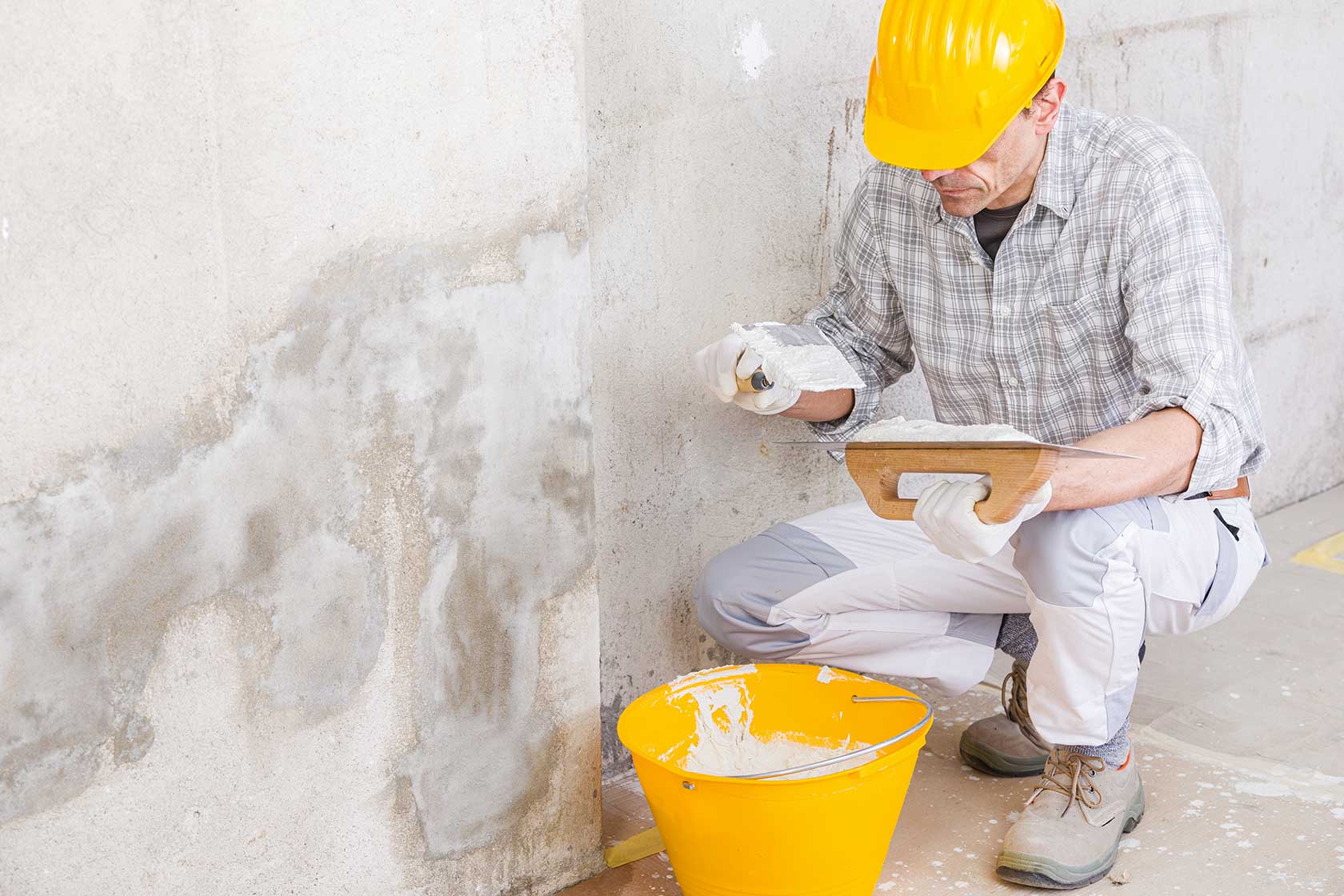Monsoon is the best time of the year if you stay in a hot and humid climate. On the other hand, it also brings other things, such as wall dampness, house damage, patches on the walls, etc. People have a major concern about wall dampness, among all other issues.
The monsoon can stay longer and cause severe damage to the walls. The water can get stuck on the roofs and seep through the wall’s external cracks or pipes. This problem can be faced by almost all houses that are in heavy or fewer monsoon areas. To get rid of these problems, you should be prepared before the monsoon arrives. We will explain to you the five effective ways in this article to prevent wall dampness during monsoons. So, continue reading to find the correct method to save house damage.
Essential Reasons for Wall Dampness
There are several reasons for wall dampness. We have listed some of the home improvement points below to let you know the major factors of wall dampness:
- External wall cracks are the main reason for wall dampness.
- Poor ventilation and more moisture in the house during monsoon.
- Unevenly placed roof tiles can cause water to seep into the walls.
- Blockage in the drainage pipes does not allow the roof rainwater to move out.
- Water rising from ground level.
- Heavy and continuous rain can cause dampness on walls.
Effective 5 Methods to Prevent wall Dampness
1. Get rid of rooftop pipe blockage:
The walls of your house can be affected if the roof pipes are blocked. Before the monsoon season starts, you must remember to clear off the roof piper not to allow the water to get stuck there. Clearing the pipes will allow the water to drain and not cause any damage to the walls. Water clogging on roof pipes can also build the chances of short circuits.
2. Make external roof and walls waterproof:
To prevent the rainwater from damaging the walls, you must do external waterproofing of the house. Exterior waterproofing coats must be put on the external walls to avoid water seepage. A waterproof coat will act as a barrier against moisture and rain, keeping your home’s walls from becoming damp.
You can also do waterproofing on the rooftop to stop water from entering the walls. The patio is exposed to inclement weather, and water easily gathers on the surface, leading to leaking and moist spots within.
3. Maintain proper ventilation in the home:
The major reason for the dampness of walls can be improper ventilation. To keep the house ventilated, you can open the doors and windows to allow the air to circulate the house. Dampness can also lead to fungus and other infections in the house, which can affect the health of the people. Proper ventilation is one of the best methods to extract moist air from home and prevent the build-up of condensation.
4. Fix the wall cracks:
The walls of your house can get affected by wall cracks. The cracks can usually develop near the windows and doors, which allow the rainwater to get through them and cause water stains and spots on the walls. The water stuck in the cracks can increase the moisture level in the houses and also develop a foul smell. To prevent this, you can fill the cracks as suggested by any constructor or with plaster. You must take care to do this task before the monsoon starts.
5. Go for good construction material and go for the damp-proof course:
If you are thinking of moving into a new house, make sure you use good construction material to prevent your home from external water damage during monsoon. Use a good ventilation facility, and drainage should be proper. Do not forget to use concrete material instead of plaster.
After the construction, you can go for a damp-proof course to restrict the water from rising from the ground level to the walls. Damp-proof use is a barrier of a water-resistance material used in the brick wall that is about 150mm above the ground level. This will help you to keep your house safe from groundwater and other damage.
Other Preventive Methods
- Invest money in a sound drainage system.
- Take the help of exhaust fans to get rid of in-house moisture.
- Install moisture-absorbing plants in the house and eliminate plants that produce moisture indoors.
- Use a damp-proof course to stop the water from rising from ground level.
Final Wrap
The blog helps you to know the reasons for dampness during the monsoon, and we also give you methods to save the walls from water damage. We hope you make the most effective measure to save your house from all sorts of water damage during the monsoon.













